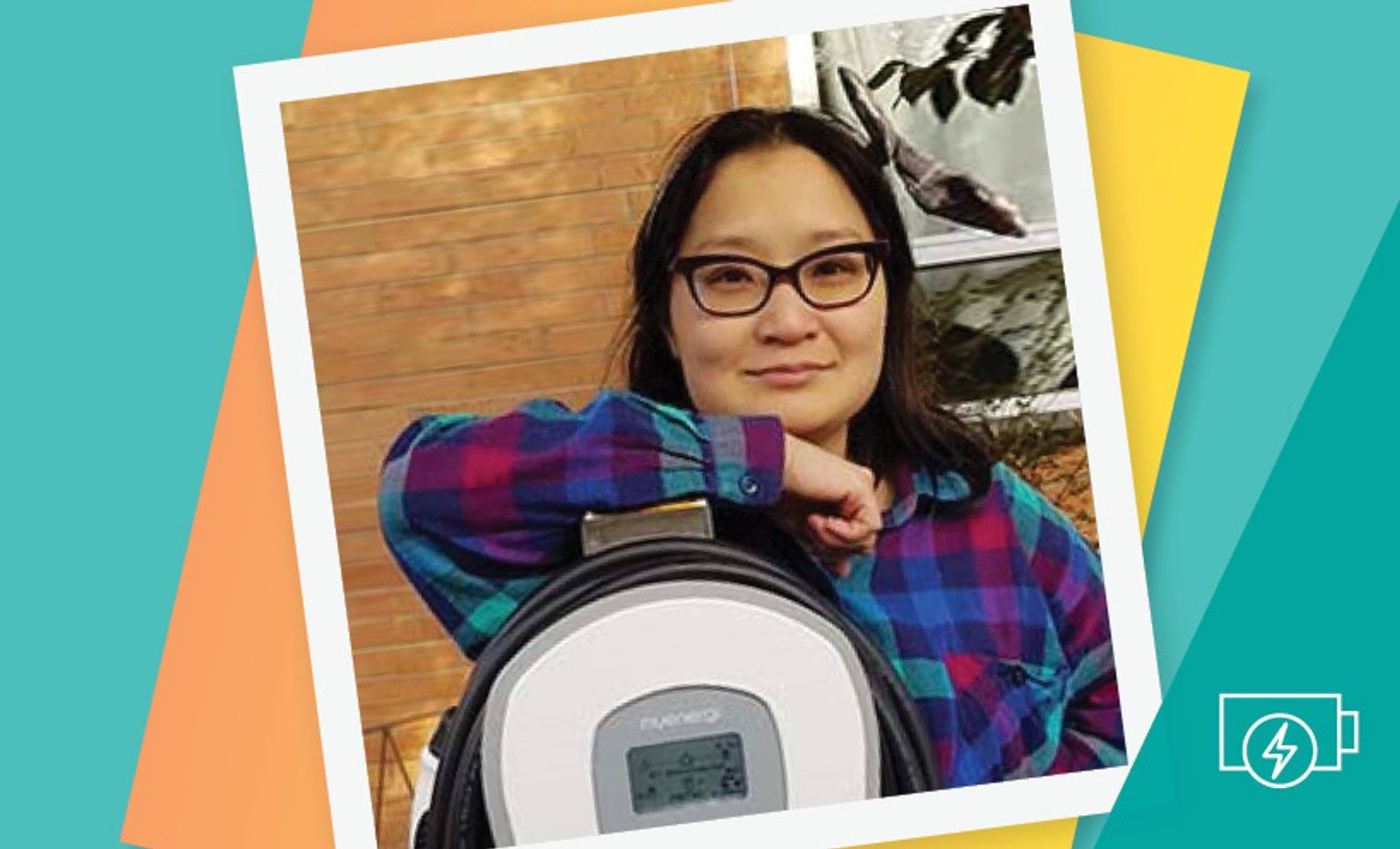How does a solar battery system work?
In a typical home with solar panels, part or all of your energy usage may be met by solar generation while the sun is shining. Any excess solar energy is exported to the grid. Shortfalls, most often experienced in the evening and overnight, are met by importing electricity from the grid.
When you have a battery coupled with a solar PV system, the excess solar energy not used at home during the day is first used to charge the battery, before exporting any excess to the electricity grid.
There are various battery products available that have a wide range of functionality and performance. Some batteries can be charged from grid electricity during off peak times (e.g. overnight).
The energy stored in a solar battery system is used in the home whenever there is energy usage above the level produced by the solar panels (typically in the evening peak). This battery-stored energy can power home appliances before any energy is imported from the grid.
Once the stored energy in the battery is depleted, grid power (or an alternative electricity generator) will be needed to supply household energy requirements until solar generation is available the next day.
Stand-alone (off-grid) solar systems use batteries. These systems are common where the house or site has no connection to the grid at all, and typically comprise solar panels, inverters, a battery bank and a backup petrol or diesel generator – primarily used to support the system during cloudy winter periods.
Stand-alone systems are not eligible for a solar battery loan, but off-grid households can apply for a solar panel (PV) rebate.
Is my existing solar PV system battery-ready?

How does a solar battery system work?
Many households would like to understand how a battery system works before adding one to their PV system.
Will adding a battery ensure I have power during a power outage?
Grid-connected solar PV systems, with or without a battery, are designed to switch off during a power outage, to protect those potentially working on nearby electricity lines. Standard solar battery systems also do not provide backup power when the grid fails.
However, some solar PV systems can continue to work during a power outage, if they have a battery designed to provide backup power supply. This system disconnects the house from the grid for safety. The ability to provide energy when the grid is down depends not just on the battery, but also the rest of the system design and which inverter is used.
Designing a solar battery system with battery backup is becoming more common, but make sure you tell your installer that’s what you want, so the system can be designed properly with the right components.
Can I charge a battery overnight?
Some households want to take advantage of off-peak electricity rates and charge their battery from the grid at times when their system is generating less solar, in winter for instance. Your battery can do this if it has the right functionality and smart software.
Typically, only AC-coupled systems can charge from the grid, although DC-coupled systems can be set-up to charge from the grid.
Some smart software can integrate battery charging from the grid with weather forecasts, so that the system can predict insufficient solar generation the following day and adjust the level of pre-charging from the grid required in the early morning, prior to the solar charging, to ensure the battery is full before the evening peak.
The functionality required for grid-charging does come at a cost – making these types of batteries more expensive than regular grid-connected solar battery systems.

Solar battery loans
Solar Victoria is no longer taking applications for interest-free loans for the installation of a solar battery system.
Updated

